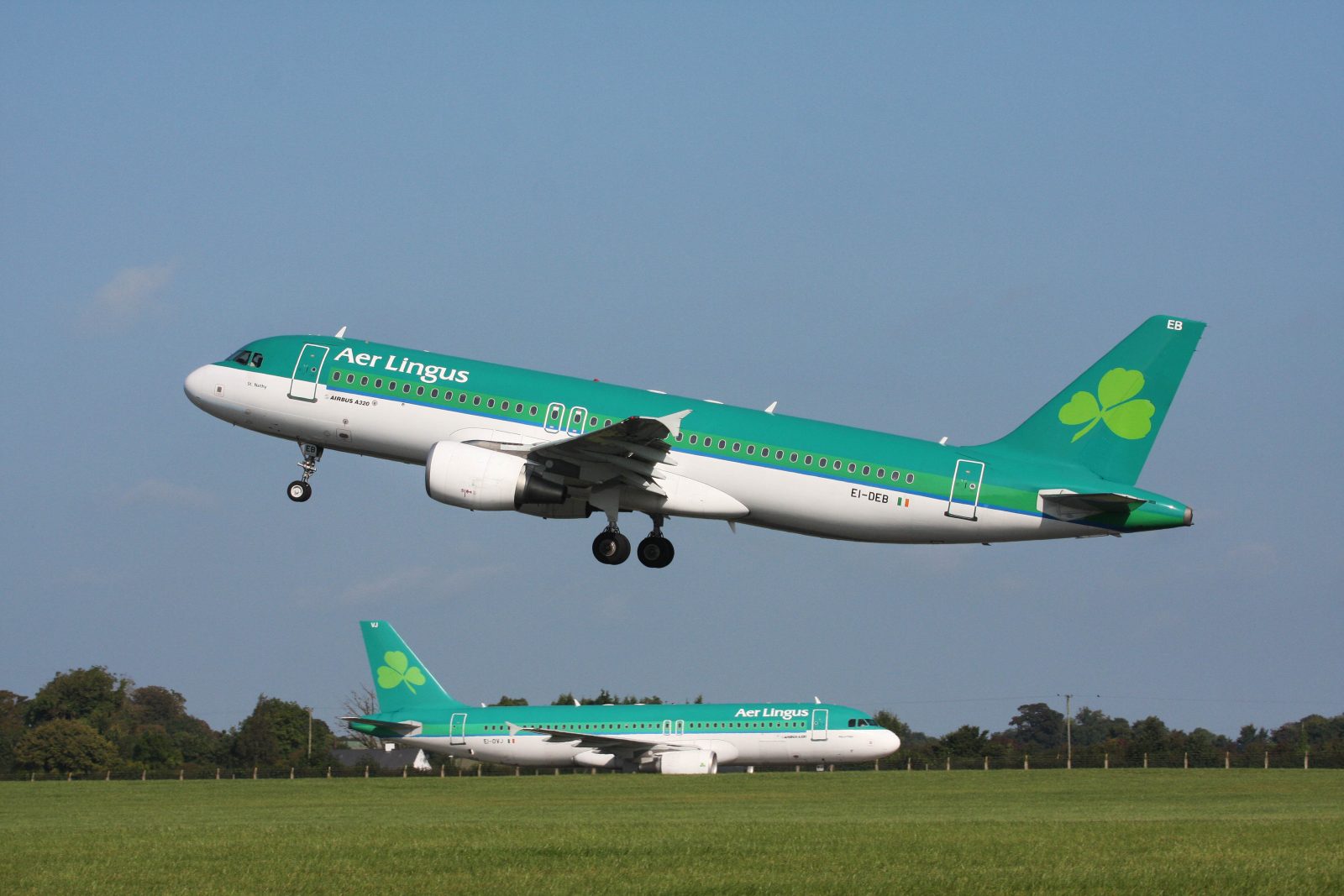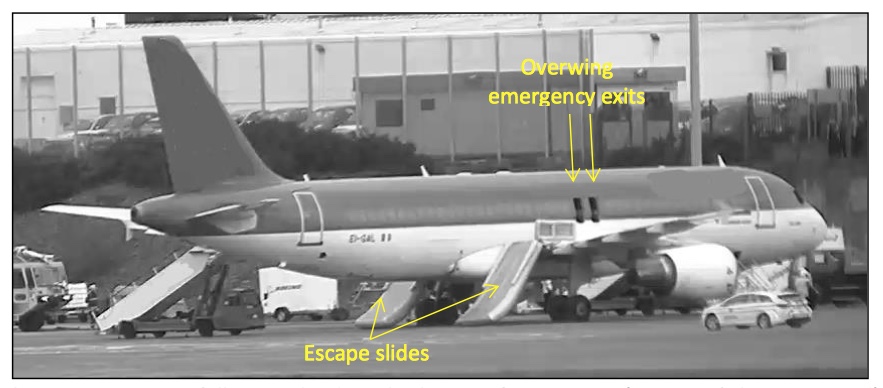
Did you know there are actually three different ways you can get off an aeroplane? We all know the first two – the plain old standard way of disembarking slowly but surely via an airbridge or steps and, of course, in a life-threatening emergency the second way to get off a plane is via the inflatable slides. But what about the third way?
Have you ever heard of a ‘rapid disembarkation‘ or ‘rapid deplaning’? This little known way of getting off a plane isn’t actually required by international aviation regulations but IATA, which represents the vast majority of airlines around the world recommends that its member airlines have a rapid deplaning procedure.
This is how IATA describes rapid deplaning:
An abnormal situation may arise that has the potential to escalate into an emergency, and where passengers and crew need to deplane immediately and quickly as a precautionary measure. Such situations usually occur while the aircraft is parked at the gate or during taxi.
Essentially, the situation isn’t immediately life-threatening so using emergency slides wouldn’t be appropriate but you don’t want passengers to remain on the plane for any longer than absolutely necessary. In these kind of cases, an air bridge or aircraft steps can be used but passengers should leave everything behind and get off calmly but as quickly as possible.
Funnily enough, it’s quite easy to confuse a rapid deplaning with an emergency evacuation – and that’s exactly what happened on an Aer Lingus aircraft at Cork airport in November 2017. Instead of using the normal exists, several passengers activated the emergency overwing exits and more than 30 passengers jumped onto the wing thinking their lives were in immediate danger.
Ireland’s Air Accident Investigation Unit has just released its final report into the incident and has concluded that a variety of factors led to the confusion, not least the fact that no one actually understands what a rapid deplaning is.
The incident unfolded when the cockpit of the Airbus A320 filled with smoke. The Captain and First Officer put on oxygen masks, declared a May Day and immediately returned to Cork Airport from where they had just departed. The smoke was just confined to the flight deck so the situation in the cabin remained pretty calm, although after landing and taxiing to the gate passengers soon noticed fire trucks surrounding the plane.
Then came this announcement:
“Attention, attention, this is the Captain. Disembark the aircraft immediately, disembark the aircraft immediately” – Would you know what this meant?
Some passengers obviously didn’t and activated the emergency overwing exits.

Investigators believe passengers may have thought the situation was worse than it actually was because the public address system sounded louder than normal because the pilots were wearing oxygen masks. One passenger described the disembarkation as “chaotic” although he praised the pilot.
Another passenger who was sat at an overwing emergency exit said he felt “obliged” to activate the exit at his seat after the passenger behind him had activated his exit. The passenger said the tension in the cabin heightened after the Captain gave the order to disembark the plane.
Funnily enough, this isn’t the first time that a rapid deplaning order has gone wrong. In 2013, a similar incident during boarding at Charles De Gaulle airport in Paris led to the commander ordering a rapid deplaning – in that case, cabin crew misunderstood what the Captain meant and activated the emergency exit slides.
In another case just a month later, passengers again activated the emergency overwing exits after they misunderstood what was actually required of them.
Interestingly, the Irish AAIU hasn’t made any safety recommendations in this case but is supporting further studies to investigate emergency evacuations. Shortly after this incident, Aer Lingus made several change to its cabin and flight crew training to hopefully prevent a similar incident like this.
Related
United Airlines Introduces Front to Back Socially Distanced Deplaning ProcessIn "Airline News"
United Airlines Drops Pandemic Era Deplaning Process That Saw Passengers Leave By Row NumberIn "Airline News"
Airline Trade Body Backs Mandatory Face Masks for Passengers But Unsurprisingly Rejects Social DistancingIn "Airline News"
Mateusz Maszczynski honed his skills as an international flight attendant at the most prominent airline in the Middle East and has been flying ever since... most recently for a well known European airline. Matt is passionate about the aviation industry and has become an expert in passenger experience and human-centric stories. Always keeping an ear close to the ground, Matt's industry insights, analysis and news coverage is frequently relied upon by some of the biggest names in journalism.







